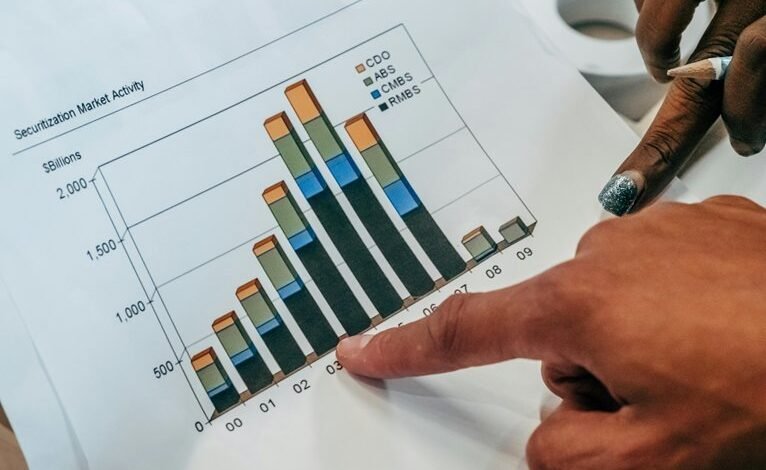6122638359 , 6612811279 , 8335252479 , 2029373546 , 8005726295 , 8556295010 , 8014464033 , 8558737990 , 5183041094 , 8175760672 , 7039411921 , 6025517596 How to Invest in Emerging Markets for Maximum Growth

Investing in emerging markets offers significant growth potential but involves considerable risks. Success depends on a thorough understanding of regional economic conditions, political stability, and sector-specific opportunities. A carefully constructed, diversified approach can mitigate these risks, yet requires ongoing monitoring and strategic adjustments. The question remains: how can investors effectively navigate these complexities to optimize long-term gains while safeguarding their portfolios?
Assessing the Economic and Political Landscape of Emerging Markets
Evaluating the economic and political landscape of emerging markets requires a comprehensive analysis of multiple interconnected factors. Currency volatility reflects underlying macroeconomic stability.
While political stability influences investor confidence. Both elements critically impact potential returns, demanding vigilant assessment to identify resilient markets that align with investors seeking autonomy and sustainable growth amid fluctuating conditions.
Building a Diversified Investment Portfolio
Constructing a diversified investment portfolio in emerging markets involves strategic allocation across asset classes, regions, and sectors to offset risks like currency fluctuations and market liquidity constraints.
This approach enhances resilience against economic volatility and political uncertainty, providing investors seeking freedom with balanced exposure and opportunities for maximum growth while managing inherent risks effectively.
Monitoring Risks and Adapting Your Strategy Over Time
How can investors effectively manage the dynamic nature of emerging markets to minimize potential losses and capitalize on emerging opportunities? Continuous monitoring of currency fluctuations and regulatory changes is vital.
Adaptive strategies, including hedging and flexible asset allocation, enable investors to respond swiftly, preserving gains and mitigating risks amid evolving economic and political landscapes.
Conclusion
Effective investment in emerging markets requires a nuanced, adaptable strategy that balances diversification with vigilant risk management. For example, a hypothetical investor diversifying across Latin America, Southeast Asia, and Africa while employing currency hedges can capitalize on regional growth opportunities. Continuous assessment of macroeconomic indicators, political stability, and market trends ensures resilience against volatility. By maintaining flexibility and leveraging strategic insights, investors can optimize long-term growth prospects while minimizing potential losses in these dynamic environments.




